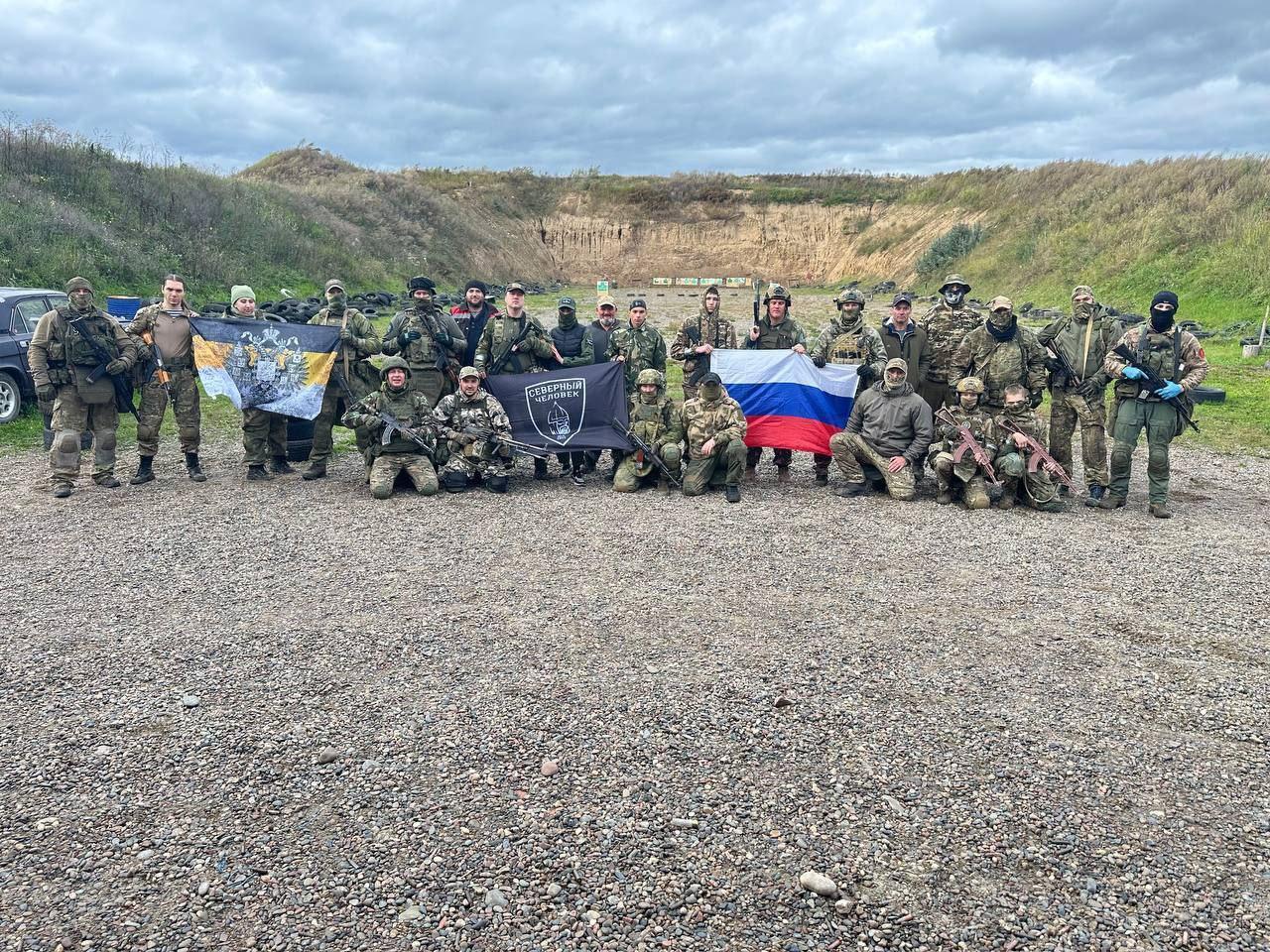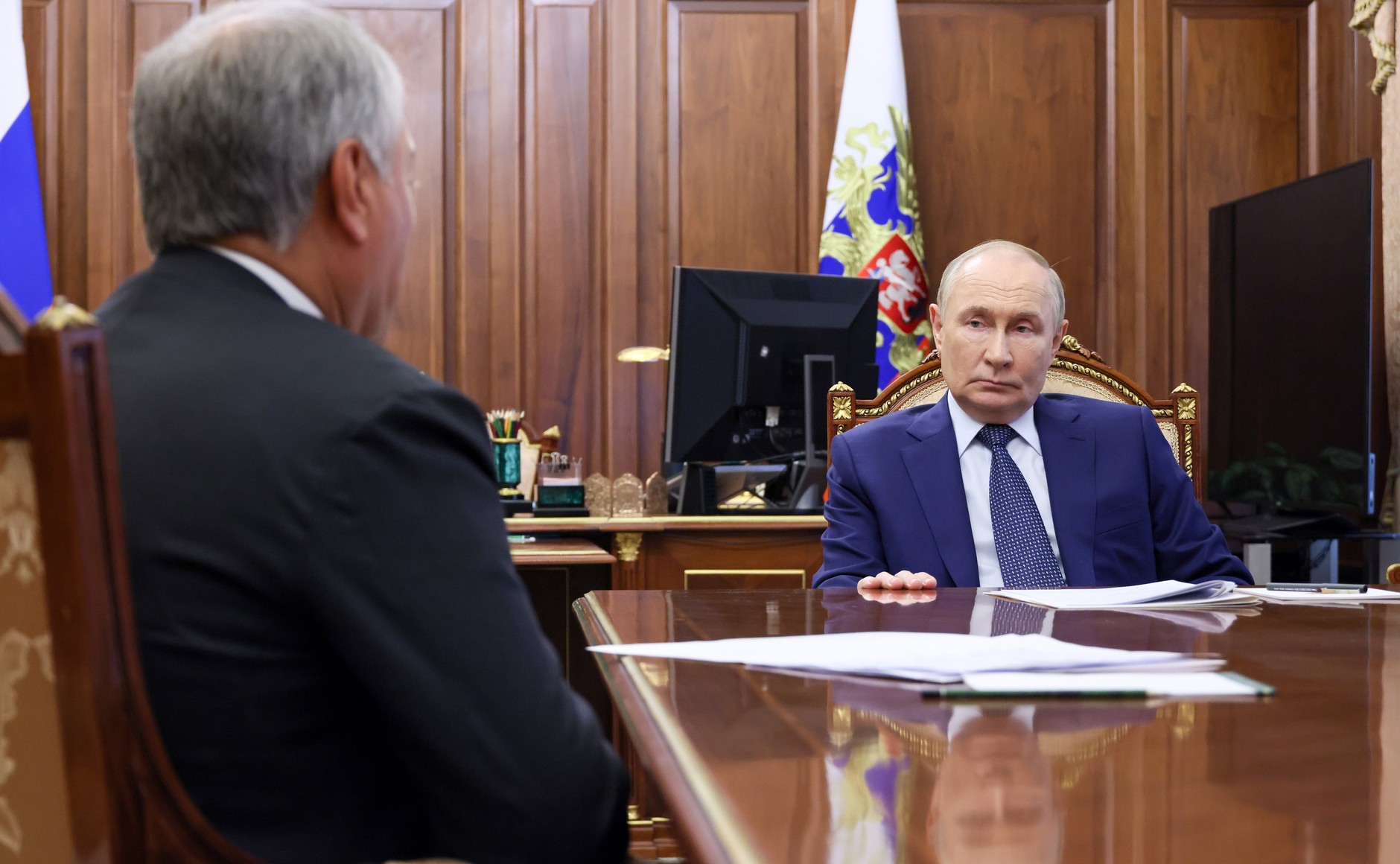
Adygea’s Government Tries to Weather Pandemic-Related Crisis Hitting North Caucasus
Adygea’s Government Tries to Weather Pandemic-Related Crisis Hitting North Caucasus
The Russian Federation’s North Caucasus republics are now being directly affected by the double crisis connected to the spread of COVID-19 and the slump in global oil prices. The individual republics are facing both crises in profoundly diverse social and economic conditions, however. Most of them have chronically lagged behind other Russian regions in socio-economic rankings, such as unemployment rate, poverty and overall quality of life. And on April 20, large protests against state-imposed coronavirus-related restrictions and the government broke out in Vladikavkaz, North Ossetia (Kommersant, April 20). But others are doing relatively well (Riarating.ru, February 17). Adygea is notably one of the region’s more resource-rich republics and, thus, may be able to weather the crisis better than some of its neighbors. Local authorities recently unveiled a plan to provide loans at 1 percent interest to small- and medium-sized businesses while restructuring existing debts (Sovetskaya Adygea, April 14). Adygea’s plans ultimately hinge upon Moscow’s willingness to provide federal-level resources to the regions, however. And some analysts doubt Russian President Vladimir Putin will be willing to draw money from state coffers to support small businesses, particularly in Russia’s peripheral territories (Ekho Moskvy Blog, April 17).
Much of Adygea’s relative success up to this point has been related to its proximity to the large and sprawling metropolitan area of Krasnodar. The city limits coincide with the administrative border of the surrounding Krasnodar Krai (population 5.7 million) and the Republic of Adygea (population 0.5 million). For example, an IKEA store is situated on the territory of the small republic, in the vicinity of the city of Krasnodar (population 1 million).
Yet, not all investment projects in the republic have proceeded smoothly. Notably, the construction of a large hydroelectric power plant on the Krasnodar reservoir (filled by the Kuban River) has been frozen since spring 2019, after the republican Ministry for Economic Development and Trade criticized the investor, who maintains ties with Chechnya. “The investor is not fulfilling the roadmap of the project or his obligations to inform our ministry about the stages of implementation of the investment agreement. We are concerned about the extent to which the investor’s ambitious plans are achievable, and questions arise about the initiatives announced by the Adygeyan GES [Adygea Hydroelectric Power Plant JSC] company to attract partners to the project,” said the statement published in the official republican press (Sovetskaya Adygea, March 18, 2019).
Critics of Adygeyan GES within Adygea’s government pointed out that the company had a backlog of payments for the land plot it rented. The project of building a new hydroelectric power plant dates back to 2008. Adygeyan GES was founded in 2015 to implement the project. In 2017, the company tried to attract Western investors, but it apparently failed and later signed an agreement with the Chinese Amur Sirius Power Equipment Со., Ltd. In March 2019, Adygeyan GES announced that it would work with the Chechen holding company RIM Group.
Since virtually all social life in Chechnya is controlled by its ruler, Ramzan Kadyrov, it can be assumed that RIM Group also has ties to the Chechen authorities. It appears that Chechnya’s government tried to enter the market of a fellow North Caucasus republic in a big way. Adygeyan GES and the Chechen holding company RIM Group planned to construct a hydroelectric power plant with a capacity of 80 megawatts (MW) in Adygea. The dam would have been capable of generating 375 million kilowatt-hours (kWh) of electricity per year. The total investment was estimated at 4 billion rubles (an equivalent of about $60 million in March 2019). How the companies would raise the money needed for the construction is unclear. Rim Group’s net profit in 2017 was estimated at 0.7 million rubles (an equivalent of about $12,000) (Interfax, March 1, 2019). Discerning what technologies they would have used is also difficult. According to the Russian website of business profiles, Rim Group is known as a “manufacturer of central heating boilers” (Rusprofile.ru, accessed April 20). The company’s website, however, claims to have constructed, among other objects, malls in Grozny and a railway station in Gudermes (Rimgroup.ru, accessed April 20).
In any case, since last year, the hydroelectric plant project in Adygea appears to have stalled. Meanwhile, the republican government is scrambling to cope with the novel coronavirus crisis, much like other Russian regions. As of April 20, according to official information, 133 people were infected in the republic and two have died due to the disease (RIA Novosti, April 20). Adygea’s elders addressed the citizens of the republic and called on people to respect the rules of social distancing (Adygea Segodnya, April 17). The proximity of the large city of Krasnodar to Adygea is also a downside amid the pandemic. Krasnodar Krai has reported over 400 infected and several deaths, and the region’s eponymous administrative capital appears to be a local center of the infection (Rossiyskaya Gazeta, April 20).
As the pandemic and economic crisis unfold in the North Caucasus, some republics are already beginning to show signs of instability. Other republics still appear stable. However, the midterm consequences for the region remain unknown. Adygea’s government has promised support for small businesses, but it is not clear how the aid will be implemented and who will receive help. The answers to those questions will affect the continued stability of this republic and the surrounding region.


